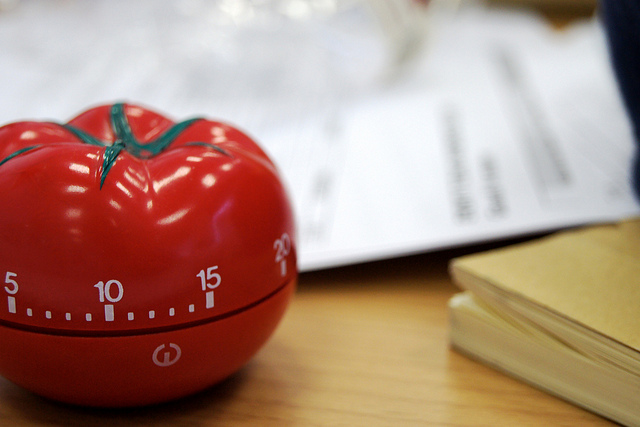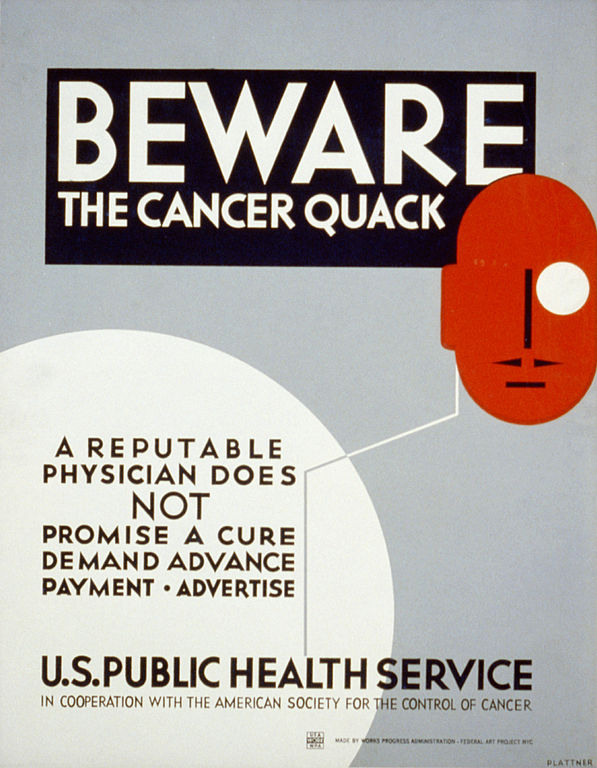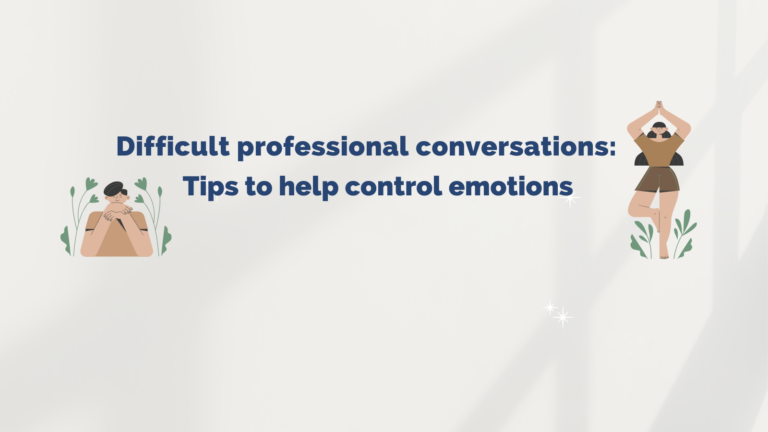Speech pathologists: how to get it all done, even when you’re off your game or feeling burnt out
Working in a busy private practice can wear you down and burn you out over time if you’re not careful. On Monday mornings, my average to-do list includes:
- lots of sessions to plan;
- new client intakes and interviews;
- assessments;
- therapy;
- calls to parents, teachers and others to help my clients;
- home/school visits;
- reports to write; and
- researching, buying and mastering new resources.
In my “downtime” – I have lots of other fun things to do like managing bookings and cancellations, sending out letters and other resources to potential referrers, responding to online and offline feedback and queries from the public, reading new research and writing blogs, participating in social media, getting the pesky accounts to balance to ensure I don’t go bust and attending to any legal, HR, professional development and ethical/professional requirements.
Pushing all those half-written assessment reports up the deadline hill can feel a bit Sisyphean, knowing that, come Monday, it will all start again.
How to wear yourself out
In 2015 and early 2016, I found myself stuck in the clinic for very long hours, working late into my evenings, and often on weekends, too. My workload was eating into quality time, as well as time to exercise and meditate regularly, to work on projects to help the profession (like this one) and to have a life! I’d also fallen into the trap of working too much “in” my business – attending like a busy worker ant to the day-to-day tasks – and not enough time “on” my business, such as improving the quality of my services for clients. It was starting to affect my relationships and health, my mood and creativity, and my motivation to keep doing the work professionally.
In mid-2016, I determined that my work-habits were not sustainable. That something had to change. Quickly.
So how to do more in less time?
Since mid-2016, I’ve focused on getting more done at work in less time while maintaining ethical, and evidence-based standards and good client service. I tried out several leading “productivity systems”, and found many of them were too complex to use in practice. Then I found one that worked. I’ve used it ever since.
1. First, know your enemies: procrastination and Parkinson’s Law
For a couple of weeks, I wrote down everything I did at work, tracked my time, and then reviewed it. It was horrifying.
I found:
A. Heaps of wasted time, then guilt-laden attempts to make up for it:
- staring at my computer, mulling big unanswerable questions;
- getting side-tracked, starting lots of projects in parallel and not finishing any of them;
- checking emails obsessively, a hangover from my law firm days;
- reading breaking news on my phone;
- engaged in pointless social media discussions; and
- feeling guilty about not getting stuff done, so working on into the evening.
These are all examples of procrastination. They steal time from things that matter. They also deplete your attention, energy and capacity for critical thinking, which means all the “brain work” takes longer than it should to complete.
B. I was a hostage to Parkinson’s Law
On the clinical-management side of my practice, I found myself enslaved to Parkinson’s Law. Even if you haven’t heard the name, you’ll be familiar with its effects.
Parkinson’s Law says that:
Work expands to fill the time available for its completion.
I found regular weekly tasks, like planning therapy sessions, or writing reports, seemed to take the same amount of time in total, regardless of the number of clients I was seeing, or the number of reports outstanding. For example, I found that four-client-days took me roughly the same amount of time in total to prepare for as eight-client-days. I had unconsciously determined that planning took X hours, and then gave myself X hours to plan the sessions.
2. Use The Pomodoro Technique
I first heard about this simple concept when listening to a podcast while out on a jog. At first, it seemed a bit gimmicky. But I decided to give it a go. And now I’m sold on it. A Pomodoro Evangelist, if you will.
The Pomodoro Technique is named after the tomato-shaped timer that was very popular in the 1980s. But you don’t need a tomato-shaped timer. I use my phone.
Here’s how to do it:
(a) Decide and stick to your “home time”. One way to stay focused is to force yourself to leave at a decent hour. (I like to have dinner with my kids, so I need to leave work in time to get home. It’s almost non-negotiable, although I still make the odd exception, e.g. if an adult client needs to see me urgently.)
(b) Jot down your “to-do” list the night before, with a “frog” at the top. This is the last task I complete before leaving work each day. I try to put the least thrilling important task at the top of the list – something Mark Twain called “eating a live frog first“. It means I can hit the ground running.
(c) Be ultra-specific in defining your goals for the day. Rather than set big, ambiguous goals (e.g. “Become a better speech pathologist”, or “Do marketing”), I set very specific goals, always starting with a specific verb/action e.g. “Plan [X] therapy sessions”, “Call [specific teacher] to discuss [specific client’s] progress”, “Read [specific article]”, “Score CELF-4 and Bus Story results for [client]”, “Write 1000 word blog on [reviewed article] for website”.
(d) As soon as I get in to work, I set my phone timer to 25 minutes. No time for checking the news or email, or reflecting on the success of my Sunday BBQ. Just straight down to “eating that frog”. During that 25 minutes, I focus on the single task. I allow no distractions.
(e) Once the timer rings, I cross off one “pomodoro” and rest for a full five minutes. I stretch, skull some coffee or water, walk around the clinic and have a chat with my team members about the day’s workflow. I do not check emails, or social media. I know exactly what’s coming up because it’s on my “to-do” list. If something unexpected and urgent comes up, I amend my “to-do” list, but only when absolutely necessary.
(f) After the five minute break, I set the timer for 25 minutes, and get stuck into the next item on my list.
(g) After four “pomodori“, give yourself a 15-30 minute break.
3. How I use the technique in my clinic
I try to do at least 10 of these 25 minute pomodori a day – 250 minutes of solid work – outside therapy sessions. Where possible, I try to set each goal to something I can do well in 25 minutes. (I got better at this over time.) If I finish a task within 25 minutes, I spend the “leftover time” improving whatever I was working on, rather than jumping to the next task or *gasp* checking my email. For longer tasks, like writing an assessment report, I dedicate multiple pomodori to it over the course of the day (usually with other tasks scheduled between each to keep me focused).
Despite the temptations, I try to take the full five minute break after each pomodoro; and reward myself with a longer break after four, even if I feel I’m “on a roll”. If I have a “great idea” about something else in the middle of a pomodoro, I simply jot down the idea in my Evernote notebook dedicated to “random thoughts”, and get back to work. At the end of the pomodoro, I review the “great idea”. If it is in fact great (which is rare), I add it to my to-do list. If not, I delete it.
I never check emails during a pomodoro. I let calls go through to voicemail if I’m in the middle of a pomodoro and there’s no-one else to pick up the phone. If someone at work wants to speak with me, I ask if it’s an emergency. If not, I tell them I will speak to them at the end of the pomodoro. (My team members are used to this now!)
4. Why does it work?
Not entirely sure! Here’s what I think:
- Chunking big tasks into smaller tasks makes them less intimidating – easier to start.
- More control over my day. After doing it for over six months, I’ve now internalised the habit.
- I find it easy to focus for 25 minutes. Any longer than that, and I get bored and distracted.
- It combats Parkinson’s Law: e.g.:
- each Monday, I assign three pomodori to plan all my sessions from existing management plans;
- every work day, I assign one pomodoro to resource and set up each therapy session – no more, no less.
- The timer jolts you out of procrastination or gazing blankly at the computer.
- As you tick off each 25 minute pomodoro you build momentum and get more out of your day.
- When I leave at my designated “home time”, I feel like I’ve accomplished a lot. I’ve also used up most of my mental energy and attention for the day on tasks that matter. I can relax and hang out with my family without guilt.
Whatever the reasons, implementing the Pomodoro Technique has led to big and sustained improvements in my productivity. If you’re struggling to get things done efficiently, give it a go!
Principal source: Cirillo, F. (2013). The Pomodoro Technique. 3rd Edition. Updated & Expanded by FC Garage GmbH (first published 2006).
Image: https://tinyurl.com/z7lmpxq








